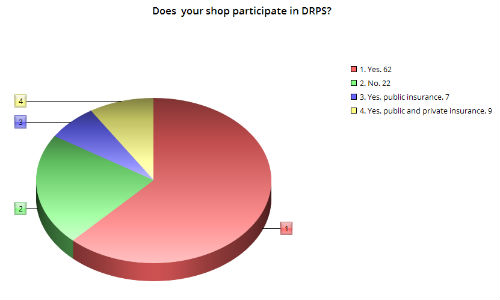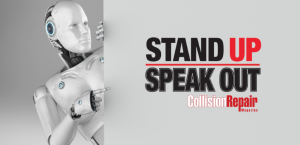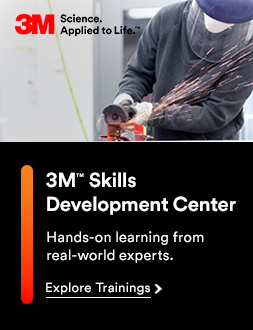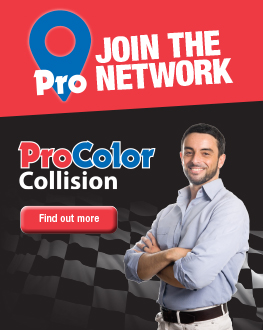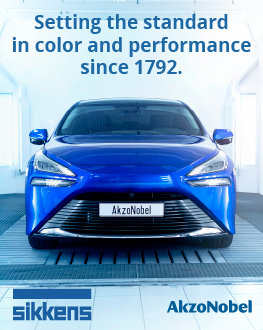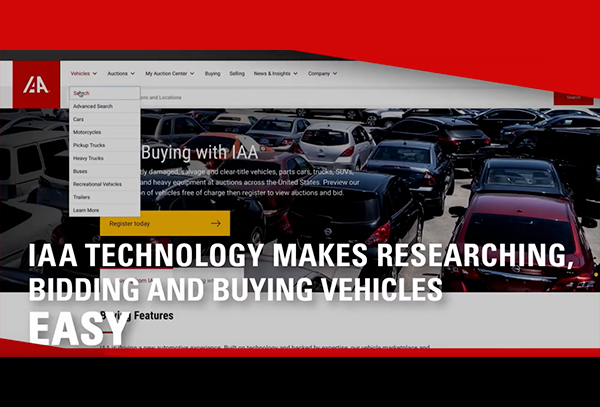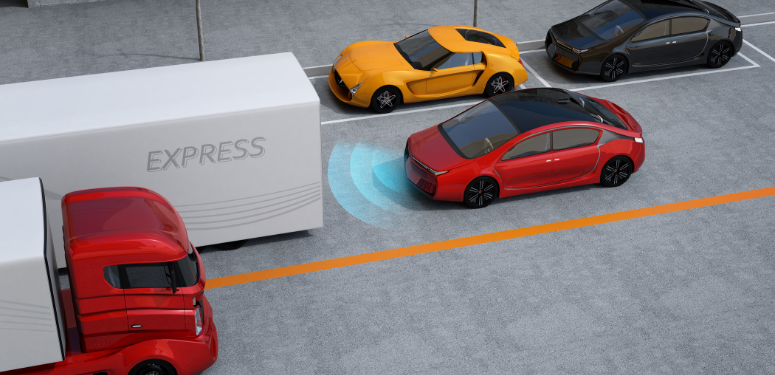By Mike Davey
Hamilton, Ontario — August 15, 2017 — Auto insurance is a fact of life for most Canadians, but those in the collision repair industry have much more experience with it than the average person does. Regardless of whether or not your shop is on one or more direct repair programs (DRPs), the insurance industry is paying most of those invoices at the end of the day.
Our most recent survey asked our readers to discuss their own DRP relationships. Collision Repair magazine runs new surveys every week. Our next survey takes another look at scanning and calibration practices. You can participate in that survey at this link.
First, we asked the shop owners and managers who responded to our survey to let us know if they were engaged in any DRP relationships. The majority (62 percent) are, with 22 percent indicating they did not have any DRPs. However, the same question also gave shop owners the option of indicating that their DRPs were through public insurance. Manitoba, Saskatchewan and British Columbia all have public auto insurance that all residents must purchase. Virtually all of the auto claims in those provinces go through the public provider, which makes the situation somewhat different.
Looking at the public insurance provinces, 7 percent of the total number of respondents indicated they had a DRP with the public insurer in their province. An additional 9 percent indicated that they had this DRP, as well as DRPs with private insurance companies. Although all residents of Saskatchewan, Manitoba and BC must purchase auto insurance through the public company, there is nothing to prevent motorists from purchasing additional private coverage. Also, many of the private insurers maintain some kind of DRP network in those provinces to ensure their out-of-province customers receive service.
The respondents who indicated they participated in DRPs were asked what they thought the main advantages of these programs were. We received numerous responses to this question, but the two presented below are illustrative of most of them. As always, these comments are presented anonymously, with only minimal editing from us.
“Efficient process for the customer. Makes the claim process easy for the vehicle owner.”
“The vehicle gets looked at once; fully, without having to do an amendment after the insurance company looks at it.”
We also asked our respondents to indicate how many DRPs they were involved with. The majority of respondents clustered near the higher end of the scale. In fact, the runaway winner for this question was “5 or more” at 88 percent. The other 12 percent were scattered throughout the answers “1” to “4.” From this, we can reasonably conclude that once you have one DRP, it becomes much easier to line up others.
Remember the group above that indicated “No” when asked if they had any DRPs? We asked that group if they were trying to join a DRP, and the majority indicated that they were not. That majority was then asked to let us know why they don’t find DRPs attractive. A few of those answers are presented below.
“A DRP is control by the insurance company, resulting sometimes in sub-standard repairs.”
“They are stuck on franchises and banners.” (We received a number of answers along these lines. – Ed.)
“No value. Too many expectations for discounts, etc. No guarantee of work flow.”
The insurance side is truly interested in just their bottom line, which I respect, and they answer to owners, shareholders and other interests. I respect their business prowess to reduce costs, but not the tactics of attempted market control of fair competition to achieve it. Customers in some but not all cases would seem to have their vehicle under a DRP returned NOT to pre-accident condition, but to LIKE pre-accident condition, which of course is to the benefit of the cost to the insurer, but at the loss of investment to the customer. The shops are expected to carry additional overhead just to participate where the insurer demands. It’s time they start to pay up and improve overall customer satisfaction.”
Collision Repair magazine’s next survey looks at scanning and calibration practices in today’s shops. You can participate in that survey at this link, and make sure to watch for the results next Wednesday on collisionrepairmag.com!




